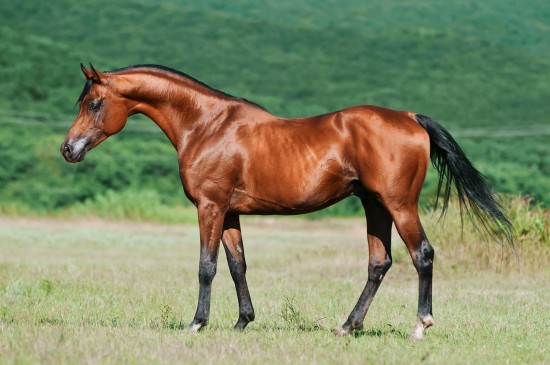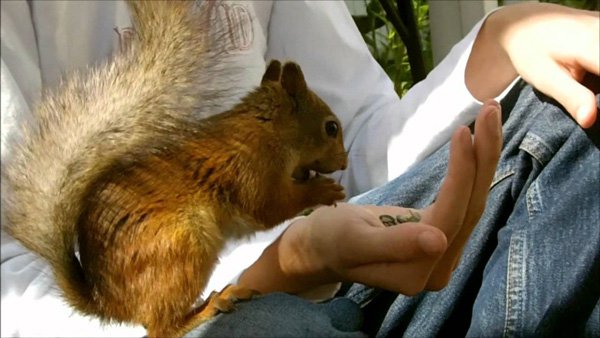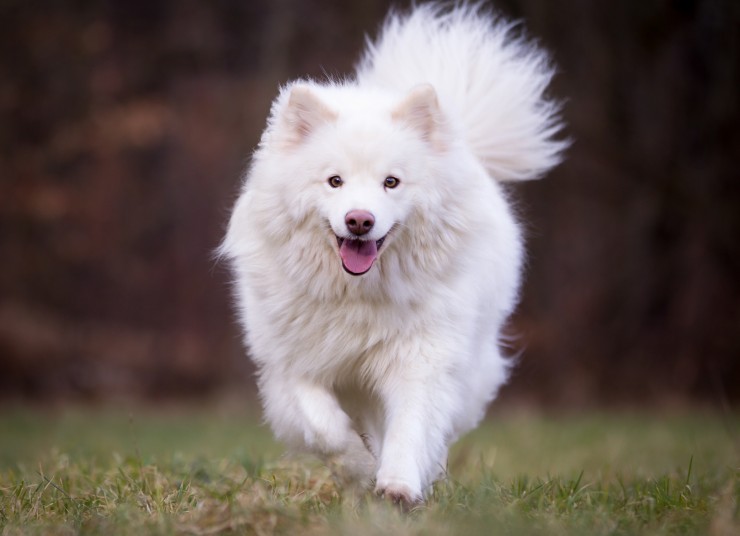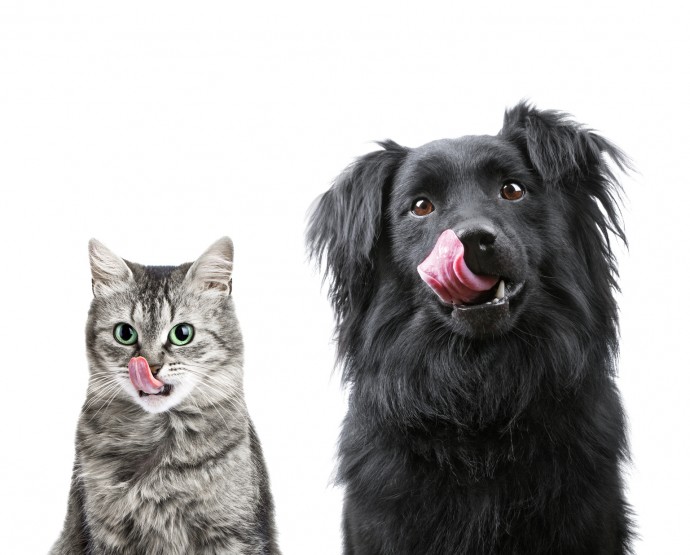

A Thoroughbred is strictly any horse that is registered in one of the Thoroughbred stud books, although the term is often used to mean a pedigree or pure bred horse. The first General Stud Book for Thoroughbreds was published in 1791, and whilst these horses bred primarily for racing, many do compete in other disciplines and are used as riding horses. They are the result of breeding for speed in racing since at least the 17th century. But even after 300 years plus of breeding every single racing horse can trace at least one branch of its family tree to one or more of the three stallions that founded the modern breed.
Robert Byerley was a cavalry officer, leading his troops into battle for Charles I. At the Siege of Buda in Hungary in 1688, he captured a dark brown horse, that whilst he is referred to as a Turk has the fine head and features that seem to suggest he had some Arabian blood in him. Some authors have suggested he was an Akhal-Teke, although it is unlikely we’ll ever truly know as breeds were not referred to in the writings of the time.
When Captain Byerley went to fight in Ireland in 1689 he took this dark brown colt with him, and when he retired he also retired his charger to stud, first at Missridge Grange and upon his marriage to Mary Wharton he moved his horses to Goldsborough Hall in North Yorkshire. Here the first father of the Thoroughbred line lived until his death and is buried somewhere on the grounds.
This unmarked little horse was amazing for many reasons, first that he covered relatively few well-bred mares in his lifetime, yet his offspring still passed down his genetics to this day, second that not only did he have a few good sons, but more importantly his daughters are important members of founding mares for some of the thoroughbred families.
The Byerley Turk isn’t just traced in his thoroughbred offspring, most pure bred Cleveland bay stallions can trace their pedigree to Captain Byerley’s charger. The fact he covered so few well-bred mares means that he covered some not so well bred ones as well and it’s wonderful to think that so many farm horses, cart horses and school masters over the generation have had the blood of a champion running through their veins as well. You have to wonder how many solid Yorkshire ponies owe their dark brown or black coat to a little horse from Turkey that died 300 years ago, but still lives on on the racetrack.
In 1704 Thomas Darley a British Consult stumbled upon a colt belonging to a Sheikh of the Fedan Bedouins. Out in the desert outside of Aleppo amongst the Bedouin herds and tents the fine bay colt cost him 300 gold sovereigns. But the Sheik took his money and then decided he couldn’t bear to be parted from his favourite little horse. Unwilling to lose out on the chance at this yearling Darley arranged for him to be smuggled out of the country and delivered to his brother at Aldby Hall near Leeds. The horse he explained was called Manak or Manica and was of the purest Arabian strains.
To say that Manak (or Manica) left his legacy on the racetrack is a massive understatement, despite being equally unfortunate with the quality of the mares he covered he sired huge numbers of great runners and today 95% of all male thoroughbreds can trace their male line straight back to this Arab. His offspring included the undefeated Flying Childers and his full brother Bartlett’s Childers. Their dam Betty Leedes was considered one of the best race horses of her generation and one of the few outside mares to be covered by the Darley Arabian. Flying Childers was so successful that his owner was offered the colts weight in gold to buy him. Barlett’s Childers was unraced, but his direct offspring include the fabled Eclipse.
In 1730 Louis XV of France was gifted a brown bay Arabian horse with an unnaturally high crest and some white on the off heel. Unimpressed with his small size he was used as a cart horse before being sold.
Over the next 3 years he moved from owner to owner before eventually being purchased by the 2nd Earl of Godolphin and placed at his stud in Cambridgeshire. The stud used him as a teaser horse to gauge a mares receptiveness, as his small size meant he was considered inferior to the larger horses of Europe. However one day Roxana a mare brought to be covered by the stud’s main stallion rejected him, and the smaller teaser stallion was allowed to cover her.
Lath was their offspring and he went off to win some of the day’s top races, securing his sires place as a racing stud. Whilst Eclipse can trace his sire line to the Darley Arabian he traces his dam line to the Godolphin Arabian.
On Christmas day 1753 the Godolphin Arabian died, he is buried at the stable block of Wandlebury House and his interment was marked with ale and cake.
There were other horses that went into the mix of today’s thoroughbred. But at the time these three sires came into the country some of the finest horses were becoming seriously inbred. Betty Leedes the Dam of both Flying and Bartlett’s Childers had Old Morocco Mare as a Great Grand dam twice and Spanker as both her Great grandsire and Grandsire. However the fresh blood of the Leedes Arabian as her Dam sire and an unknown barb mare as her sires Dam along with the introduction of the Darley Arabian means that both her famous offspring should have been genetically sound. However Bartlett’s Childer frequently bled from the nose, and Betty Leedes herself only had 3 foals, one of which died young.
The art of Thoroughbred breeding is the art of choosing the genetics of a winner whilst leaving out the genetics that might cause problems. It is amazing to think that the sleek racehorses of today all share these 3 little horses that came to Britain via war, chance and smugglers. The blood of the huge horses that started the racehorse breed was improved by the lithe speed of these foreign stallions.
 Dogs And Their Drinking Requirements
Dogs And Their Dr
Dogs And Their Drinking Requirements
Dogs And Their Dr
 Essential Equipment To Take With You On A Hack
Essential Equipme
Essential Equipment To Take With You On A Hack
Essential Equipme
 Information on bull terrier puppies
Information on bull terrier puppies
Bull terri
Information on bull terrier puppies
Information on bull terrier puppies
Bull terri
 Is A Finnish Lapphund The Right Dog For You?
Is A Finnish Lapp
Is A Finnish Lapphund The Right Dog For You?
Is A Finnish Lapp
 How To Stop Your Cat From Eating Dog Food
How To Stop Your
How To Stop Your Cat From Eating Dog Food
How To Stop Your
Copyright © 2005-2016 Pet Information All Rights Reserved
Contact us: www162date@outlook.com